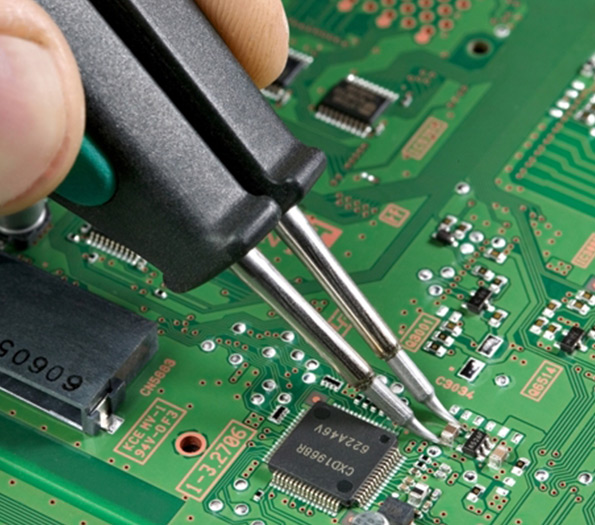

Understanding Tempered Glass Types An Overview
Tempered glass, also known as toughened glass, is a type of safety glass that is processed through controlled thermal treatments to increase its strength compared to normal glass. This glass is widely used in a variety of applications, from residential windows to shower doors, due to its enhanced durability, thermal resistance, and safety features. Understanding the various types of tempered glass and their specific applications is crucial for architects, builders, and consumers alike.
One of the most common types of tempered glass is clear tempered glass. This form retains optical clarity while providing increased strength. It is often used in structures where visibility is crucial, such as glass façades, partitions, and windows. Clear tempered glass is not only aesthetically pleasing but also safe, as it can break into small, blunt pieces rather than sharp shards upon impact. This quality minimizes the risk of injury, making it an ideal choice for residential and commercial buildings.
Understanding Tempered Glass Types An Overview
Low-emissivity (Low-E) tempered glass is another significant type worth mentioning. This specialized glass is coated with a thin layer of metallic oxides, which reflects heat rather than absorbing it. Low-E glass improves thermal insulation, thus maintaining comfortable indoor temperatures while reducing energy bills. It is especially favorable for energy-efficient buildings, where sustainability and cost-effectiveness are necessary. Architects and builders often recommend Low-E tempered glass for windows and facades due to its performance benefits.

Frosted tempered glass is a design-oriented option that provides privacy while allowing light to pass through. Produced through a sandblasting or acid-etching process, frosted glass diffuses light and softens the harshness of direct sunlight, making it ideal for applications like bathroom windows, conference rooms, and glass doors. This type of tempered glass blends functionality with style, offering an elegant solution that enhances aesthetics in various environments.
For applications that require enhanced safety, laminated tempered glass comes into play. This glass consists of two or more layers of tempered glass bonded together with an interlayer, often made of polyvinyl butyral (PVB). If broken, the interlayer holds the glass shards in place, preventing them from shattering and causing injury. Laminated tempered glass is commonly used in skylights, glass railings, and in areas prone to high impact, such as storefronts and public spaces.
Bullet-resistant tempered glass is a heavier, more secure option used in high-risk environments, such as financial institutions or government buildings. This type involves multiple layers of glass, often combined with polycarbonate layers, ensuring a robust defense against projectiles. Although it is much thicker than standard tempered glass, advancements in technology have allowed manufacturers to create lightweight versions that do not compromise aesthetics while providing exceptional security.
Lastly, curved tempered glass has gained popularity due to its ability to create stunning architectural features both inside and outside buildings. Curved glass is produced by heating flat tempered glass to a pliable state and then molding it into desired shapes. This type of glass is ideal for modern designs, offering both beauty and functionality in applications such as shower enclosures, skylights, and custom furniture.
In conclusion, tempered glass comes in various types, each with unique properties and advantages tailored to specific applications. Understanding the differences between clear, tinted, Low-E, frosted, laminated, bullet-resistant, and curved tempered glass can empower consumers, architects, and builders to make informed decisions that ensure safety, energy efficiency, and aesthetic appeal. As technology continues to advance, we can expect even more innovative solutions that further expand the applications of tempered glass in our everyday lives. Whether you are renovating your home or designing a new building, choosing the right type of tempered glass is an essential step in achieving your desired outcome.